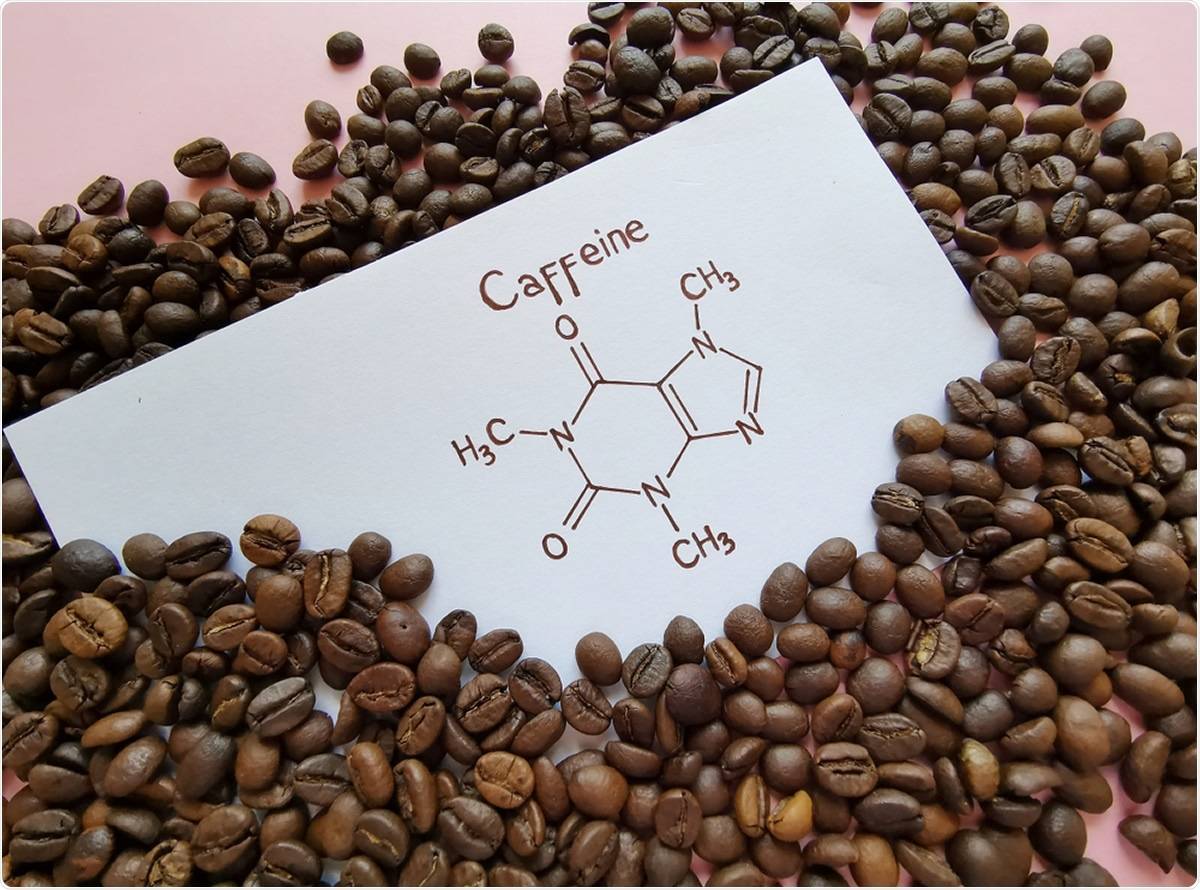Caffeine In Coffee, The Facts And The Fiction
It is widely accepted that coffee is the most popular beverage worldwide; though some countries consume more tea. Still overall coffee is the preferred drink. Over 400 billion cups of coffee are consumed every year. That is billion, with a “B”. Coffee is so popular that what was once an adult drink consumed mostly black (often by men) – is now often mixed with flavors, whipped creams and sugars and served even to children. Though the taste can be camouflaged to make coffee seem safe and fun; caffeine in coffee is a serious consideration.
While there is caffeine in other drinks as well, coffee carries quite a punch. While it is safe for an adult to consume 400 mg of caffeine per day; teenagers should consume 100 mg or less. This is where you can count on caffeine in coffee to really add up. Three to four cups of coffee is around 400 mg (more or less depending on the serving size.) Soda has caffeine as well. 400 mg of caffeine would be the amount in approximately 10 cans of soda. If a person drinks coffee in the morning, and consumes soda throughout the day; they can quickly surpass the amount of caffeine in their diet that is recommended.
If you are one of the millions of people who love Starbucks, you have to consider the caffeine in the coffee, the milk, the flavors and the creams. A “tall” which the rest of the world considers a small, a common Latte carries a whopping 150 mg. Of course chocolate has caffeine as well. But there is more. If you are an espresso lover, each espresso shot increases your caffeine levels.
Iced coffees are even higher in their caffeine levels. Depending on the flavors and sizes there are some Starbucks iced coffees that contain as much as 800 mg of caffeine. If a teenager consumes just one of these particular drinks he consumes eight times the amount he should have in an entire day.
Too much caffeine has physical side effects that are uncomfortable to say the least. They include nervousness, jitters, sweating, anxiety, insomnia, dizziness, rapid heartbeat, nausea and more. But that is just the average and common symptoms. Caffeine can and has killed people.
Caffeine is a major chemical in pills sold over the counter to assist people in staying awake. These No-Doze pills are often taken by truck drivers to be able to drive longer. College students have been known to abuse these pills in order to study for examinations. In America, a 19 year old boy died from taking two dozen of these pills in a 24 hour period. Interestingly, the print on the box of the drug reads “as safe as coffee”. Two dozen of these tablets equal 4800 mg of caffeine. While it is true that the teen consumed more than he was instructed in the directions; the label does lead one to believe that the tablets are harmless. It is not so much the fact that the medication claims to be like coffee as it is that people do not recognize the dangers of coffee. In 2011, a 14 year old child consumed two (2) Monster (high energy) drinks in a 24 hour period. Each one contained 480 mg of caffeine and the child died. High energy drinks are another drink that puts people at potential risk of caffeine overdose. Though to a much lesser degree, tea also contains caffeine.
With all the foods and drinks that contain caffeine, it is wise to make good choices. Since coffee is the most popular drink in the entire world, it seems that more people prefer to use their caffeine allotment with this drink.
Some people choose to brew decaffeinated coffee, which is not 100% free of caffeine, but is close. However, true coffee lovers sometimes do not like the taste. But, when given the choice of decaffeinated coffee or no coffee, they adjust.
Decaffeinated coffee usually carries 10 – 16 mg of caffeine per cup. There are several methods to remove caffeine from coffee. The coffee bean is treated with water and the caffeine is extracted from the bean when it is still green. Though decaffeinated coffee is not as popular as regular coffee it does account for roughly 12 % of the coffee consumed worldwide.
For those who want to cut caffeine but cannot quite handle the taste of decaffeinated coffee there is another choice. This is called “half the caff” It is a mixture of ½ decaffeinated coffee and ½ the normal caffeine coffee. Depending on the brew, this can be a perfect choice. Though the consumer does not get the full jolt of regular caffeinated coffee, it is a tasteful brew. By drinking the same amount of coffee each day, ¼ of the caffeine is painlessly eliminated.
Caffeine in large amounts can actually dehydrate the body. Doctors recommend a person should drink two ounces of pure water for every ounce of caffeinated beverages they drink. If people would drink water with their meals instead of caffeinated drinks, they would find their consumption would be much less.
While coffee remains a worldwide favorite and consumed in the proper amounts it is a perfectly acceptable, healthy and beneficial drink. However, parents should take note that caffeine in coffee is not good for children or growing teenagers. In combination with soda, candy, and popular foods of that age groups over consumption of caffeine can be very dangerous and can even cause death.


